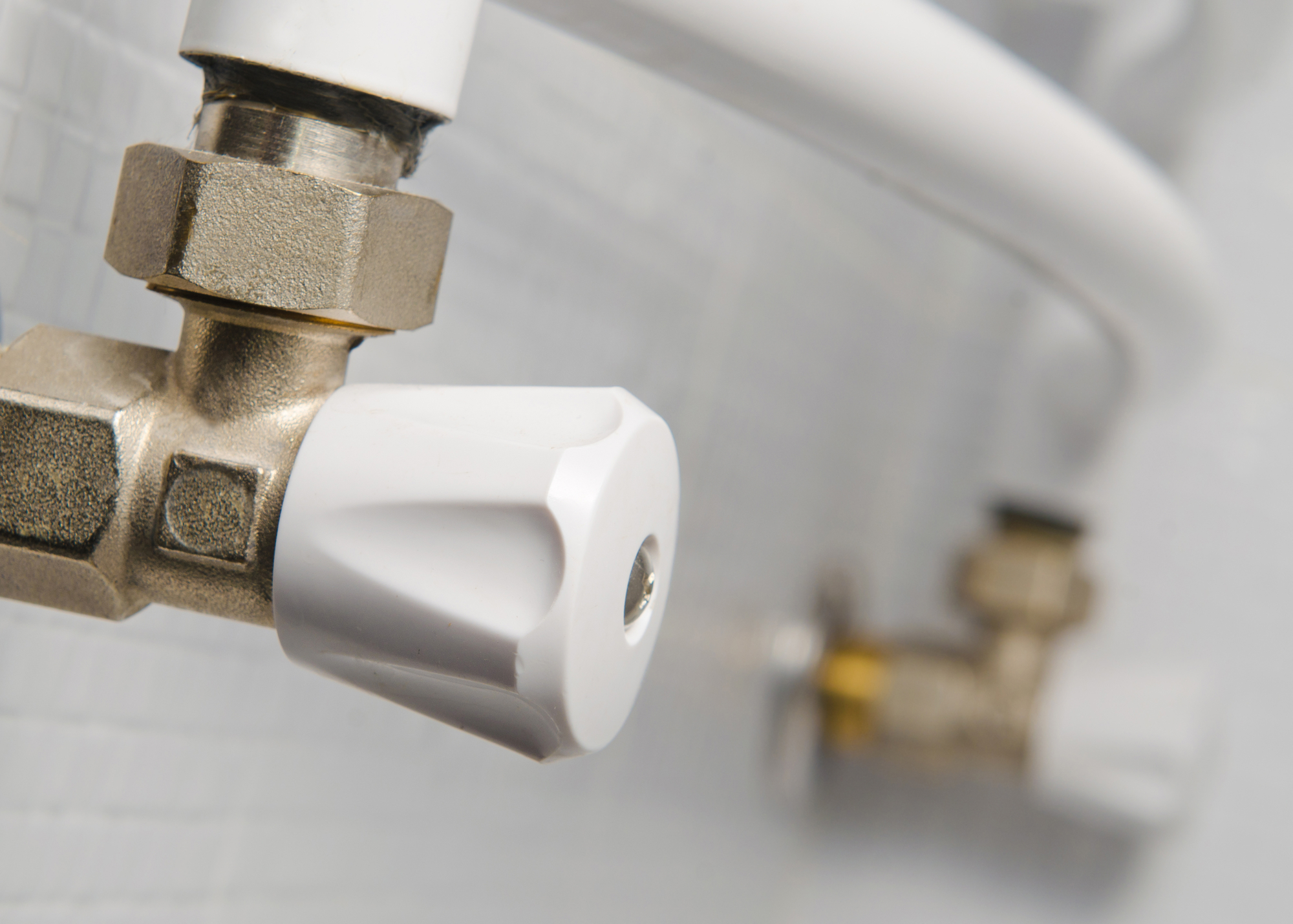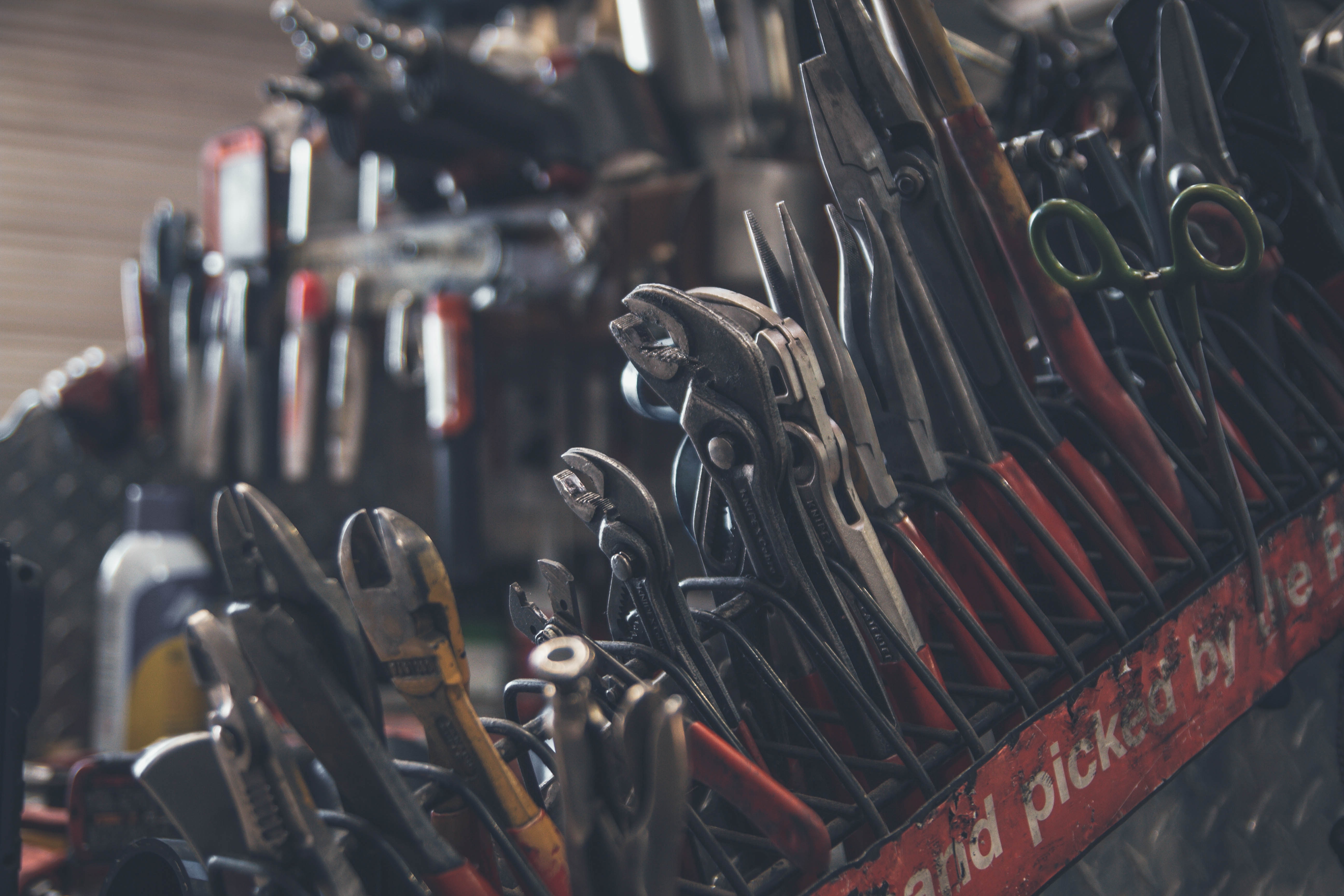Rinnai, the market leader in tankless water heaters, has called on the Department of Energy (DOE) to revise the proposed energy efficiency standards for these appliances. The proposed standards would require an energy factor (EF) of 0.93, which Rinnai argues is too stringent and would have a negative impact on both the industry and consumers.
According to Rinnai, the proposed EF standard would result in a significant reduction in the flow rate of hot water, which would decrease the comfort levels for consumers and reduce the market for tankless water heaters. Additionally, the proposed standard would increase the cost of manufacturing, making the units more expensive for consumers.
Rinnai is not alone in its objection to the proposed standard. Many other manufacturers, industry groups, and consumers have also expressed concern. They argue that the standard is too strict, would increase costs, and would not provide significant energy savings.

The DOE has not yet made a final decision on the energy efficiency standards for tankless water heaters. However, Rinnai and other stakeholders are actively lobbying for a more reasonable and effective standard.
While the debate over energy efficiency standards for tankless water heaters continues, it is important for consumers to understand the benefits and drawbacks of these appliances.
Tankless Water Heaters: Benefits and Drawbacks
Tankless water heaters are becoming increasingly popular in homes and businesses across the country. These appliances provide many benefits over traditional tank water heaters, including:
1. Energy Savings: Tankless water heaters are more energy-efficient than tank water heaters because they do not store hot water. Instead, they heat water as it is needed, reducing energy use and lowering utility bills.
2. Longevity: Tankless water heaters last longer than tank water heaters. Traditional tank water heaters generally last around 10-15 years, while tankless water heaters can last 20 years or more. Additionally, tankless water heaters are less prone to leaks and other issues.

3. Space-Saving: Tankless water heaters are smaller than tank water heaters and do not require as much space for installation. This can be a significant benefit for homeowners with limited space.
Despite these benefits, tankless water heaters also have some drawbacks, including:
1. Upfront Cost: Tankless water heaters are more expensive to purchase and install than tank water heaters. This can be a significant cost for homeowners who need to replace their existing water heater.
2. Limited Flow Rate: Tankless water heaters have a limited flow rate, which means they may not be able to provide sufficient hot water for larger households or businesses.
3. Installation Complexity: Tankless water heaters require more complex installation than tank water heaters. This can increase installation costs and may require professional installation.
Conclusion
Rinnai’s call for revised energy efficiency standards for tankless water heaters reflects an ongoing debate over the pros and cons of these appliances. While tankless water heaters offer many benefits over traditional tank water heaters, they also have some drawbacks, including higher upfront cost and limited flow rate. As we move into 2022, other plumbing topics such as water conservation, smart plumbing, and aging infrastructure are likely to be popular among homeowners and businesses. Whatever your plumbing needs, it is important to work with a reputable plumbing company that can provide high-quality, reliable services. For all your plumbing needs or inquiries, contact Ace Plumbing Repair at (844) 711-1590, or visit our website at aceplumbingrepair.com.






